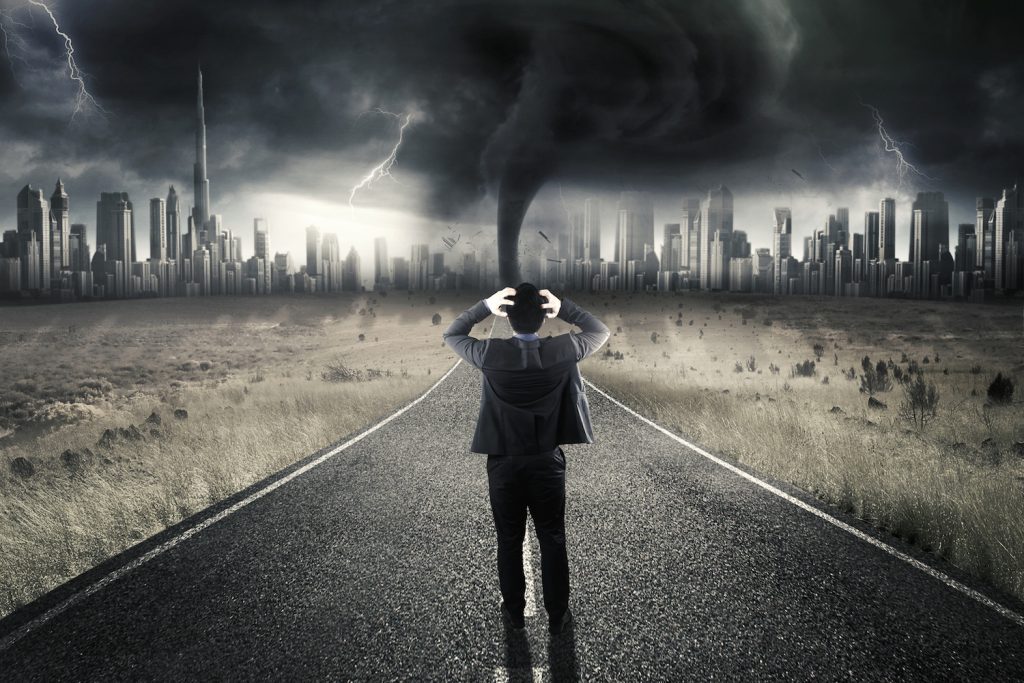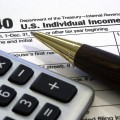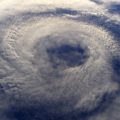In a nutshell: You can’t stop natural disasters, but you can reduce business risk by developing a solid response plan, protecting your physical assets and exploring business interruption insurance options.
By its very nature, running a small business requires optimism. Of course, a business owner does risk assessment, researches the competition and knows the target consumer market in detail.
But overall, small business owners are an upbeat group. They have a goal. They are willing to sacrifice for the future. They develop business plans that involve a step-by-step process for success.
And then Mother Nature decides to intervene.
Hurricanes. Fires. Floods. Earthquakes. Tornados. Blizzards. Depending on where your business is located, the list of potential disasters can get long. And no matter where you are located, at least one form of natural disaster will make the list.
Preparation for a natural disaster is an important part of running a business. Considering the potential havoc it can cause your employees, supply chain and brick-and-mortar locations, it should be a priority.
At the worst, it could mean the end of your business.
The Impact of Natural Disasters
Terrorism – and the potential threat of terrorism – dominates the headlines. But did you know that a natural disaster is by far more a threat to a business? Measured in dollars, the impact is staggering. The earthquake and tsunami that devastated Japan cost $235 billion. The total economic impact of Hurricane Katrina in 2005 was $250 billion. The total for Hurricane Harvey in 2017 was $180 billion.
Obviously, some things are out of a business owner’s control. If roads are closed, you can’t reach your place of business. If the internet is down, then so is your ability to run your online business. Damaged equipment often can’t be quickly replaced.
However, there are some ways to better prepare for a natural disaster scenario.
Develop a Business Recovery Plan
A recovery plan helps you let go of the things you cannot control and focus on things you can. The plan should be completely written down – not just in someone’s head – and there should be multiple copies. Keep some on paper stored safely, and a copy on the internet.
Ideas to consider for the recovery plan:
- Collect contact information for every employee.
- Set up specific tasks for each person to carry out in case of a disaster, including who to contact. Provide training if needed for some tasks that can preserve life and cut down on property loss.
- Practice carrying out the emergency response plan.
- Compile a list of emergency contacts. This includes emergency officials, contractors, suppliers, insurance agents, realtors and major clients
- List where people can go for safe shelter if disaster strikes during the workday.
- Invest in a backup power supply and communication system if deemed necessary
These are some, but not all, the issues to consider. The Small Business Administration offers ideas and support for businesses that want to develop a strong recovery plan.
Protect Your Assets
Another smart move is to assess the physical properties and assets involved in your business. What are the most vulnerable areas for damage? Develop a plan to protect them as best as you can.
It helps to think like a homeowner on some issues. Get trees trimmed and clean out any dead or weak tree limbs before hurricane season starts. Have a plan to move any vulnerable equipment indoors. Reinforce any weak areas in the roof and around windows.
Make Sure Insurance is in Place
Uninsured damages — that’s not a phrase you want associated with your business. In Hurricane Katrina, almost $30 billion in damages were to uninsured property. Obviously, your losses are going to be much worse if insurance is not in place.
There are many varieties of insurance related to natural disasters. Perhaps the most important for businesses in areas where natural disasters are common – such as along the Gulf Coast – is business income insurance or business interruption insurance.
This insurance provides coverage for the loss of income incurred while you are unable to provide your product or service after a natural disaster. In the past, it’s been known as “loss of use” insurance.
While policies change depending on the company, generally they cover:
- Actual loss sustained by direct damage to property
- Business income lost, either in whole or part, because of a natural disaster
- Service interruption
- Contingent interruption, which covers your loss because of damage to one of your suppliers and business partners
- Interruption by civil or military authorities, such as losses incurred because government authorities have shut down access to your area
Natural disasters are wildly unpredictable. And some impacts of a natural disaster cannot be controlled. However, by planning ahead, it’s possible to reduce the impact and protect your business, your employees and your assets.






